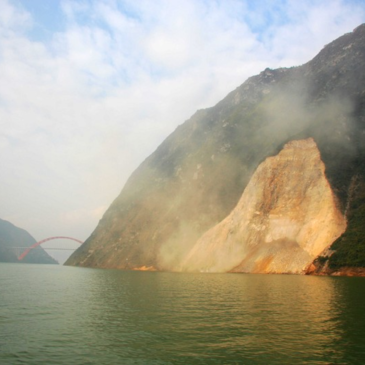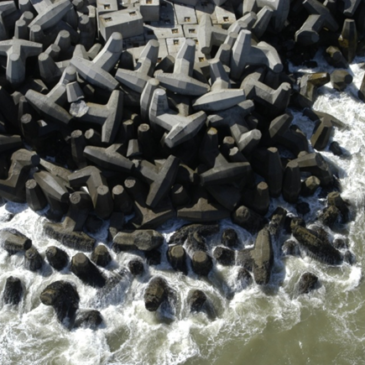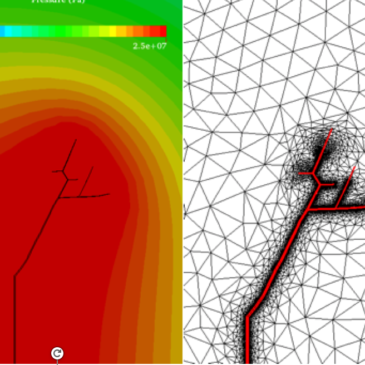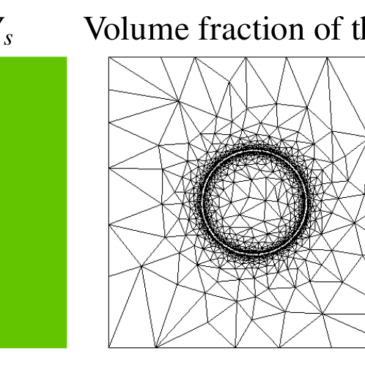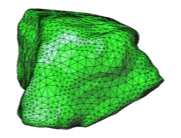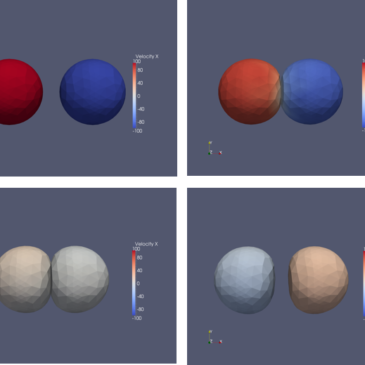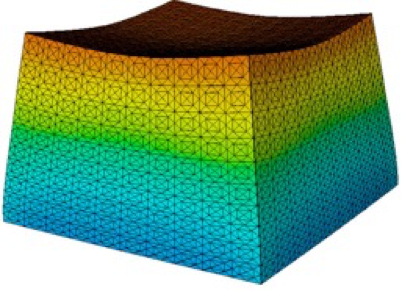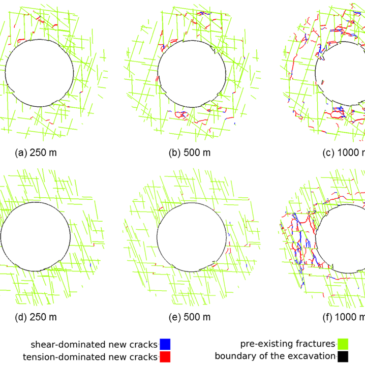Rock Avalanching into Lake
There is a widespread interest in modelling landslide-generated impulse waves, e.g. see Xing et al. 2016. The simulations were performed during PhD research by Pan Yang to illustrate advanced coupling methods under development with Xiang, J., Pain, C., and Latham, J-P. This … Continued

